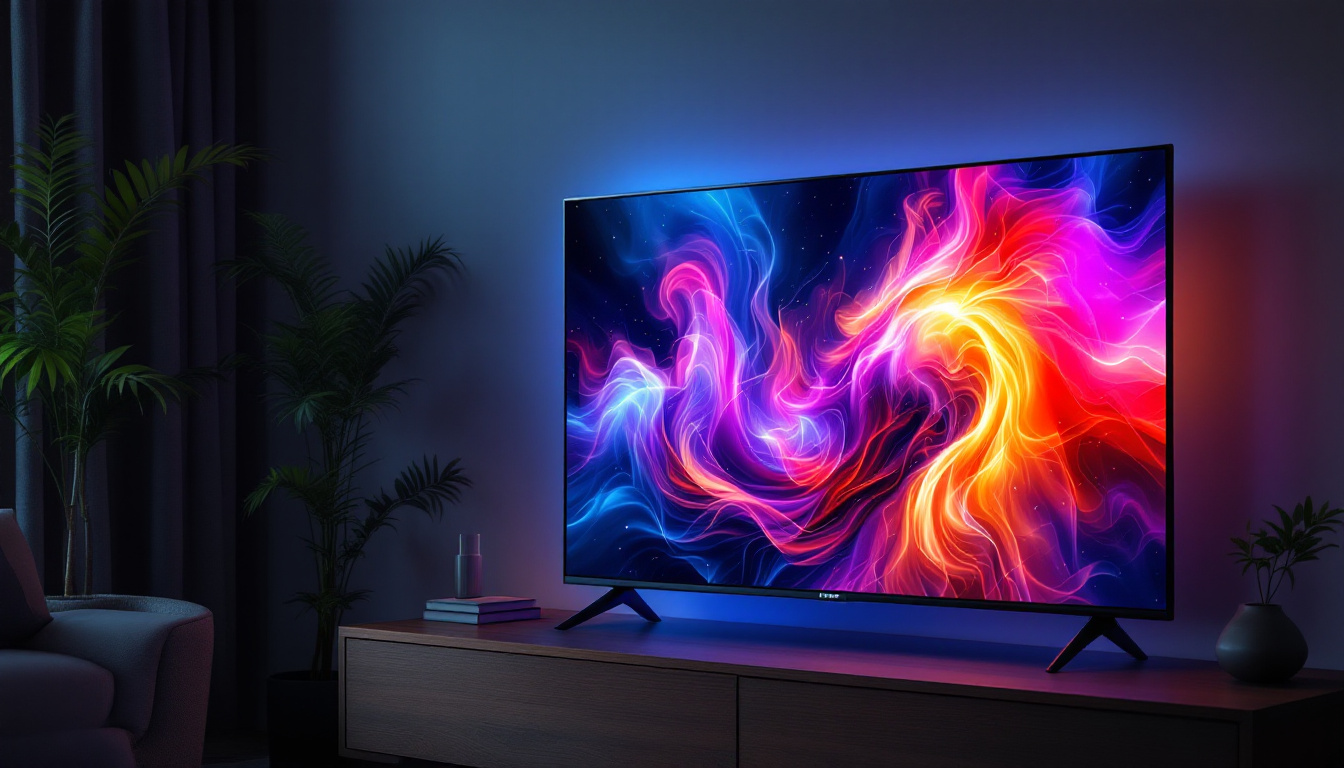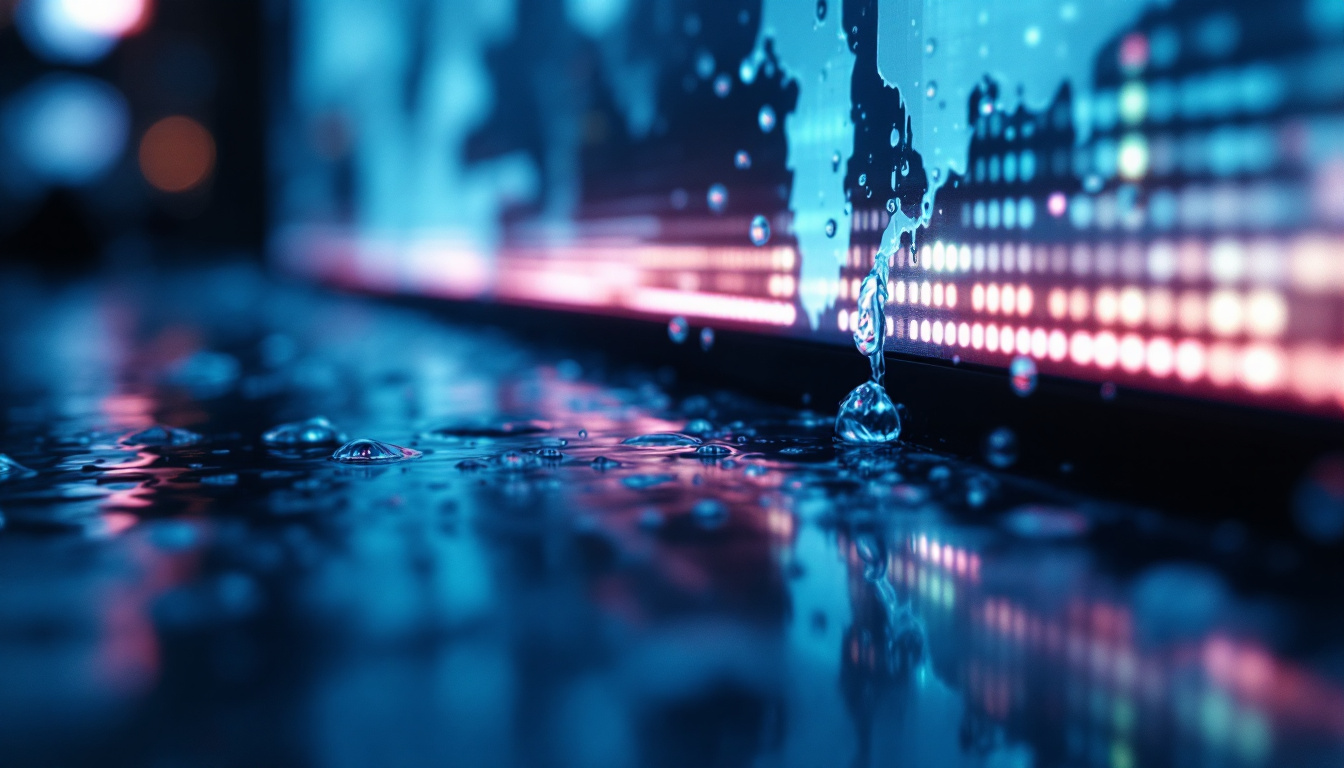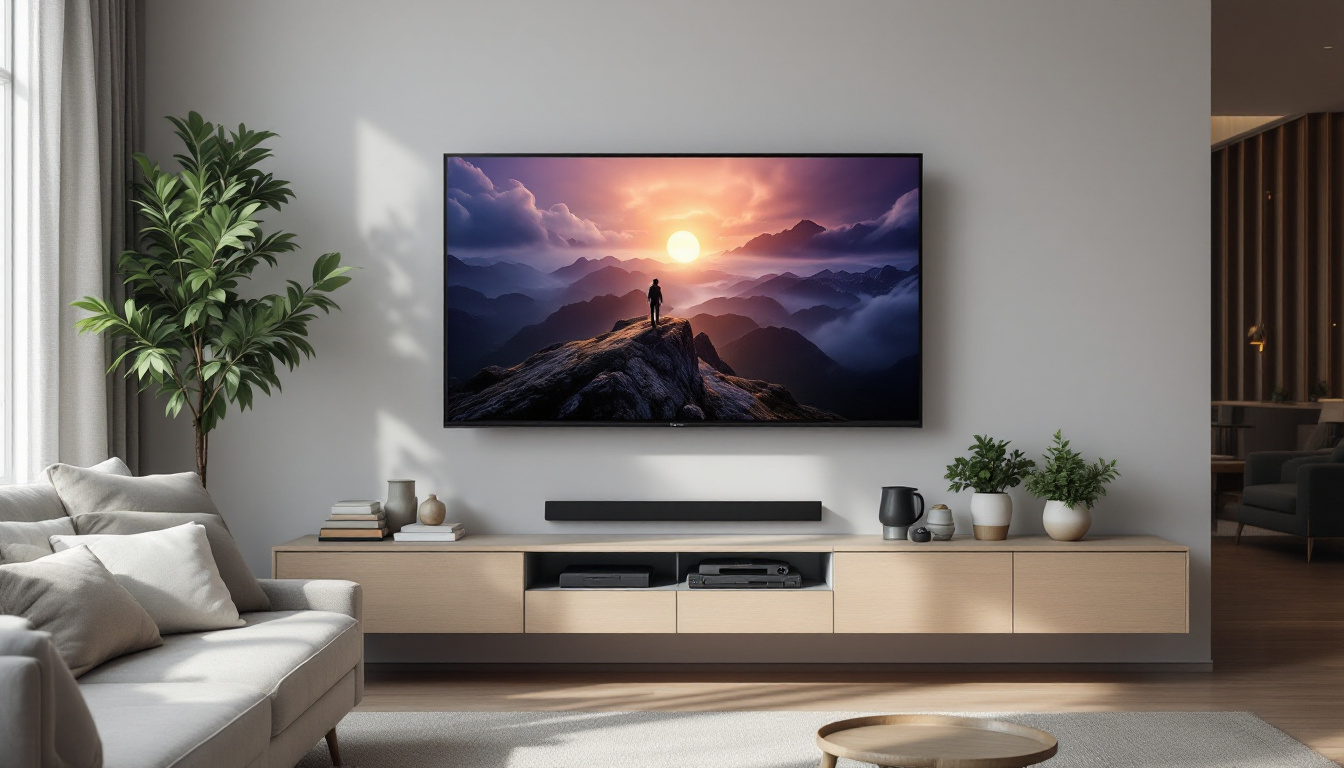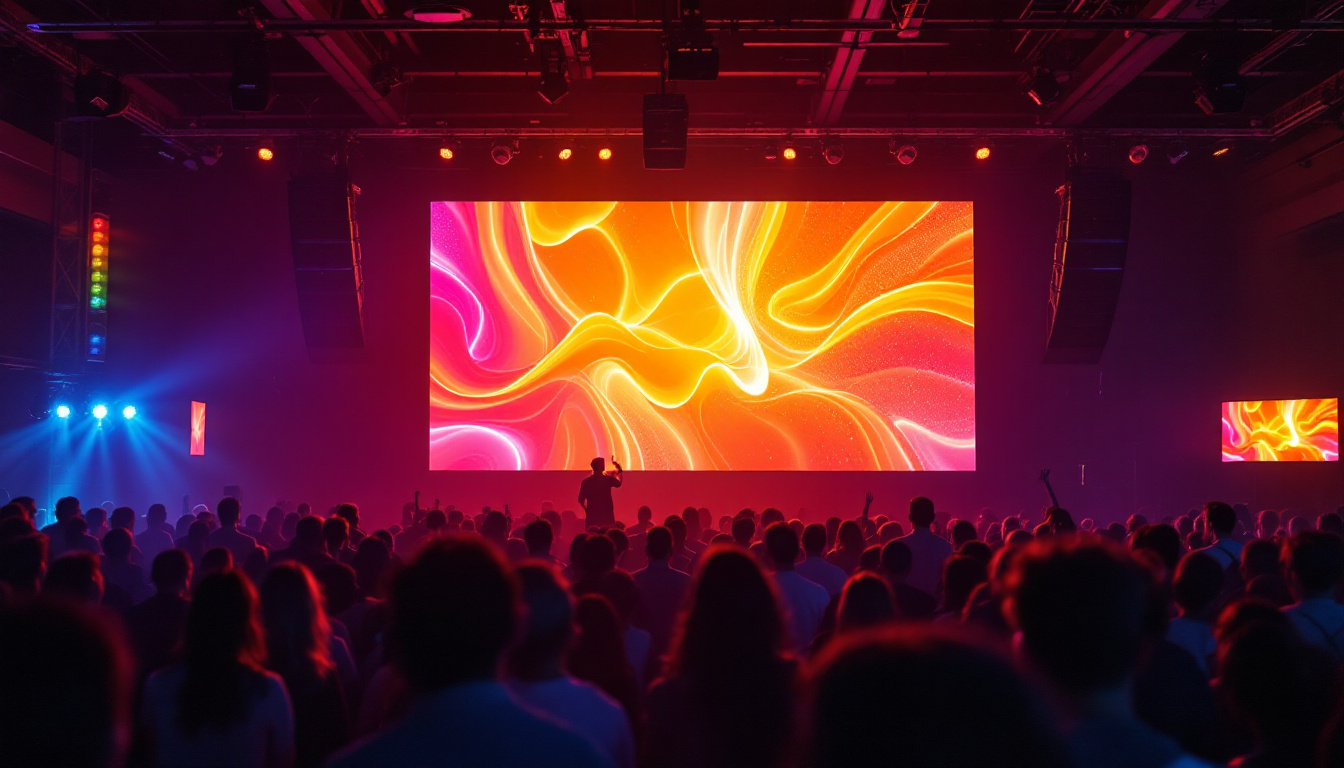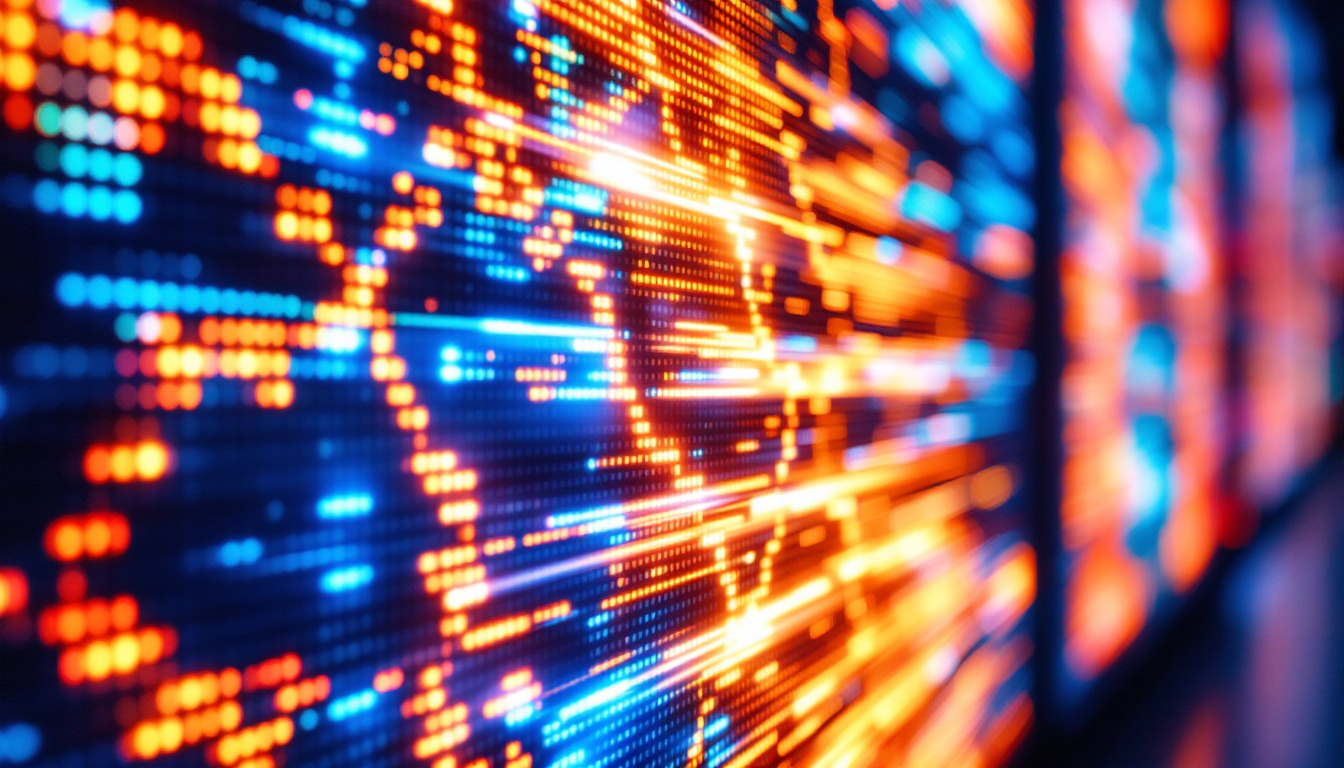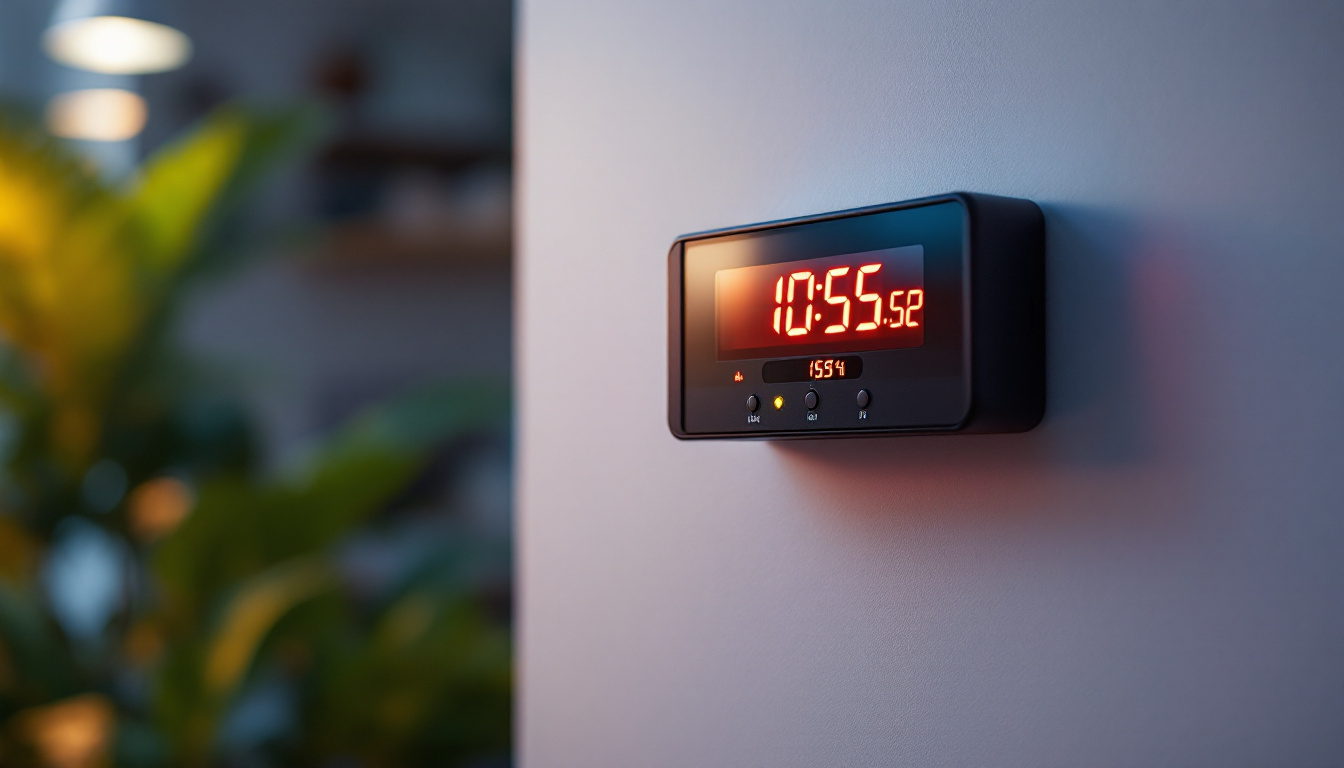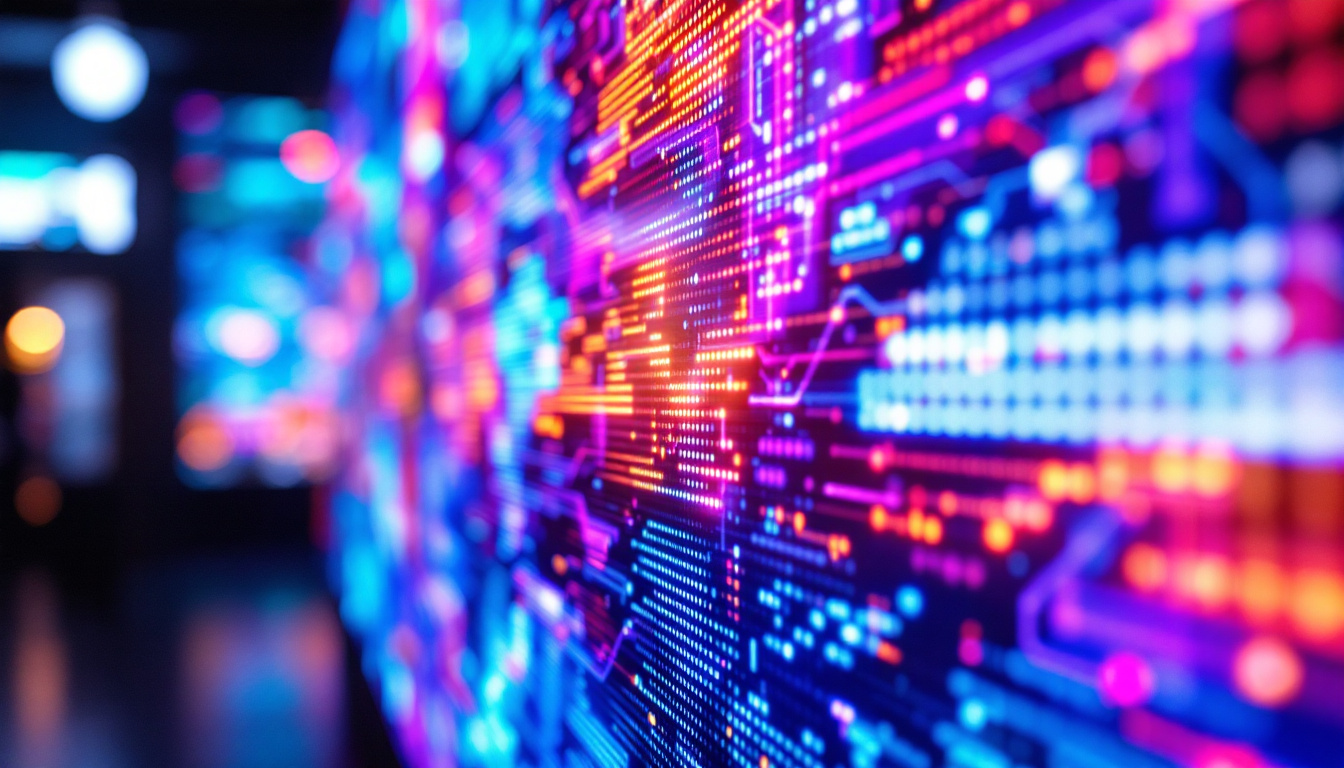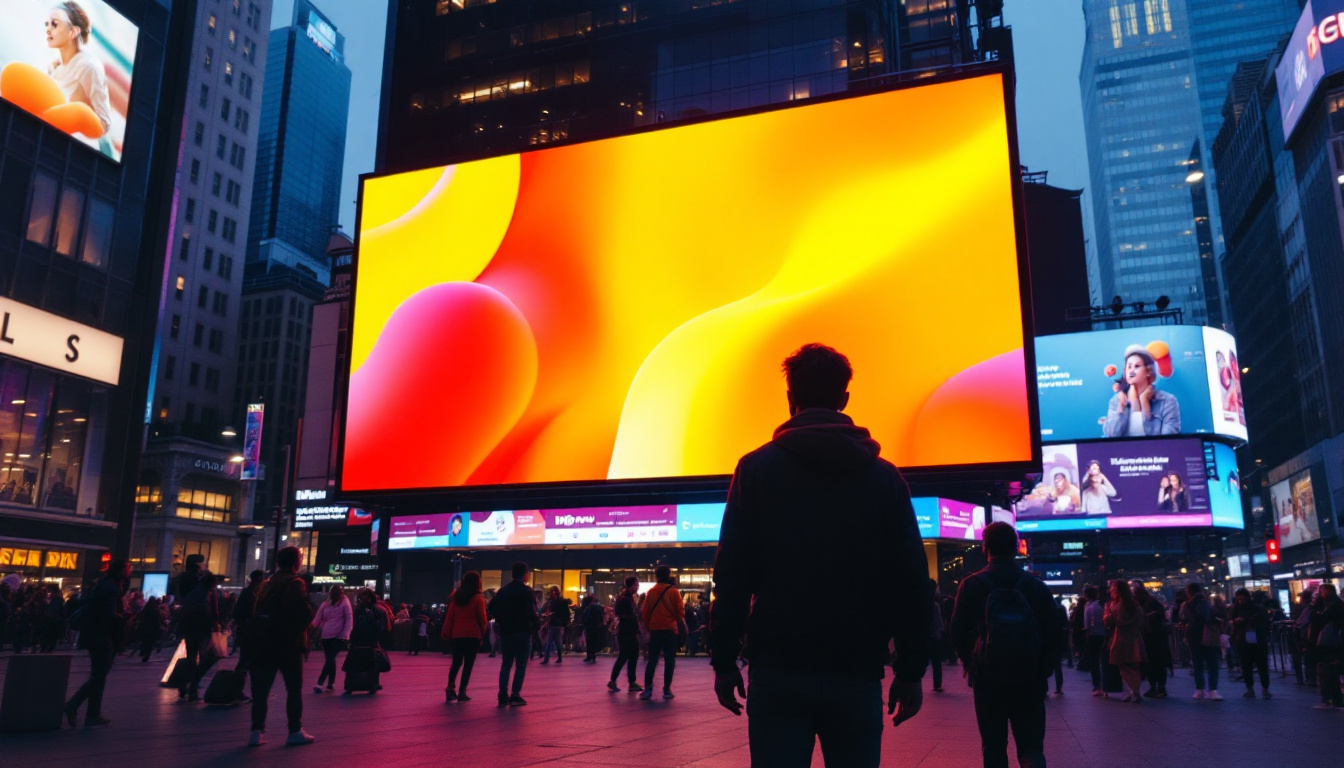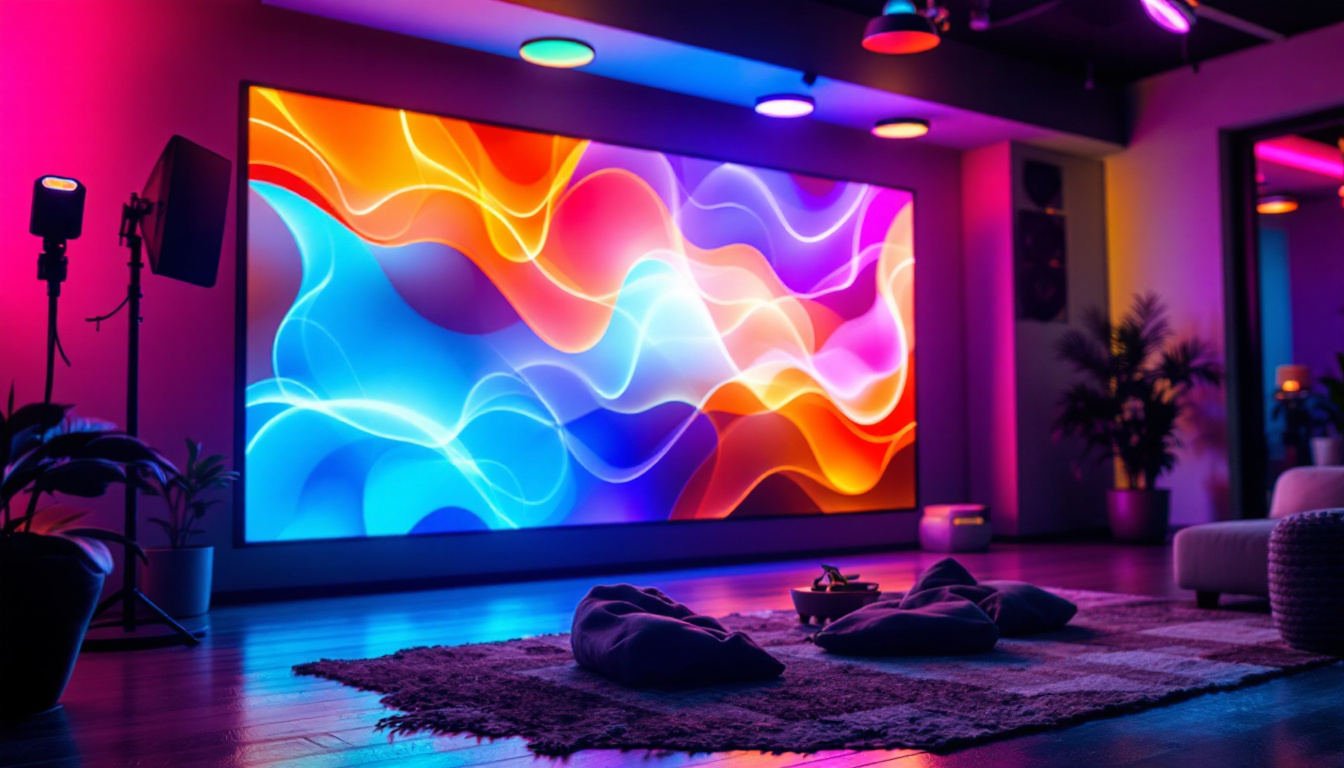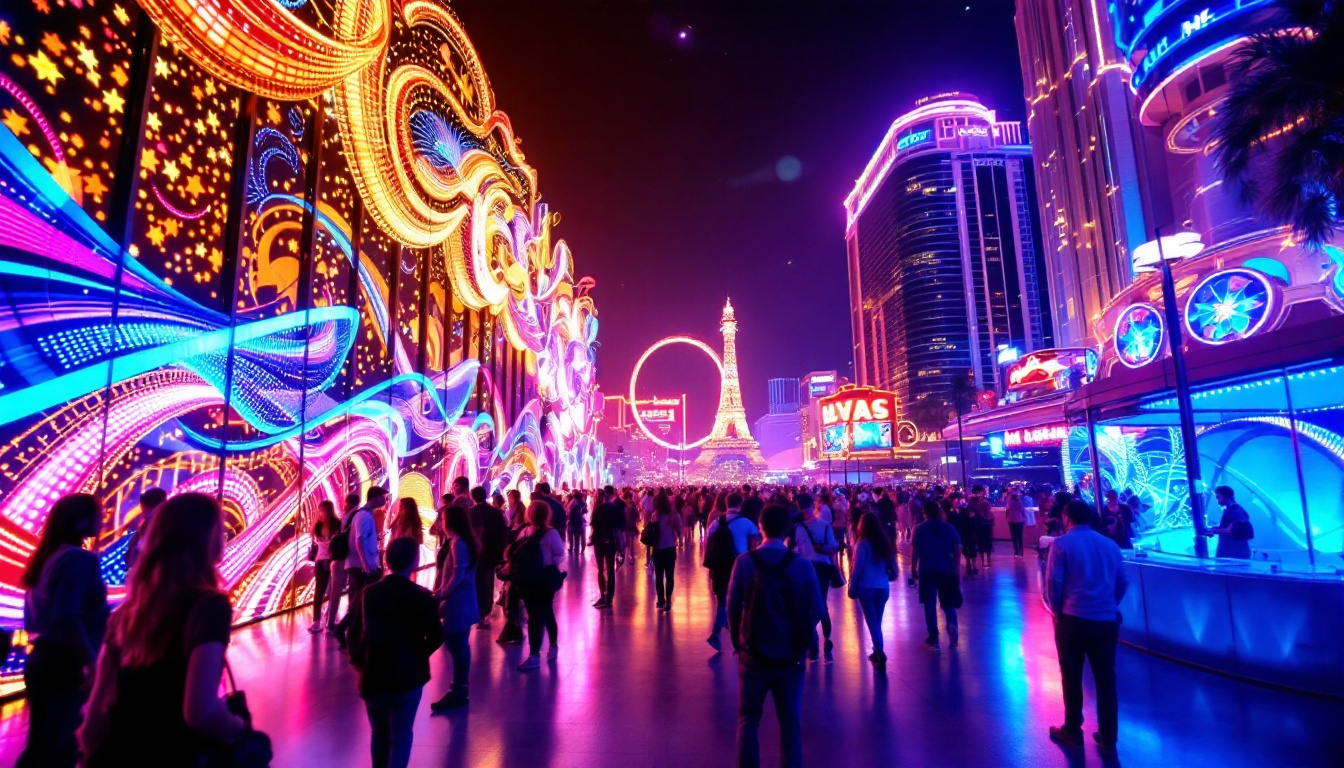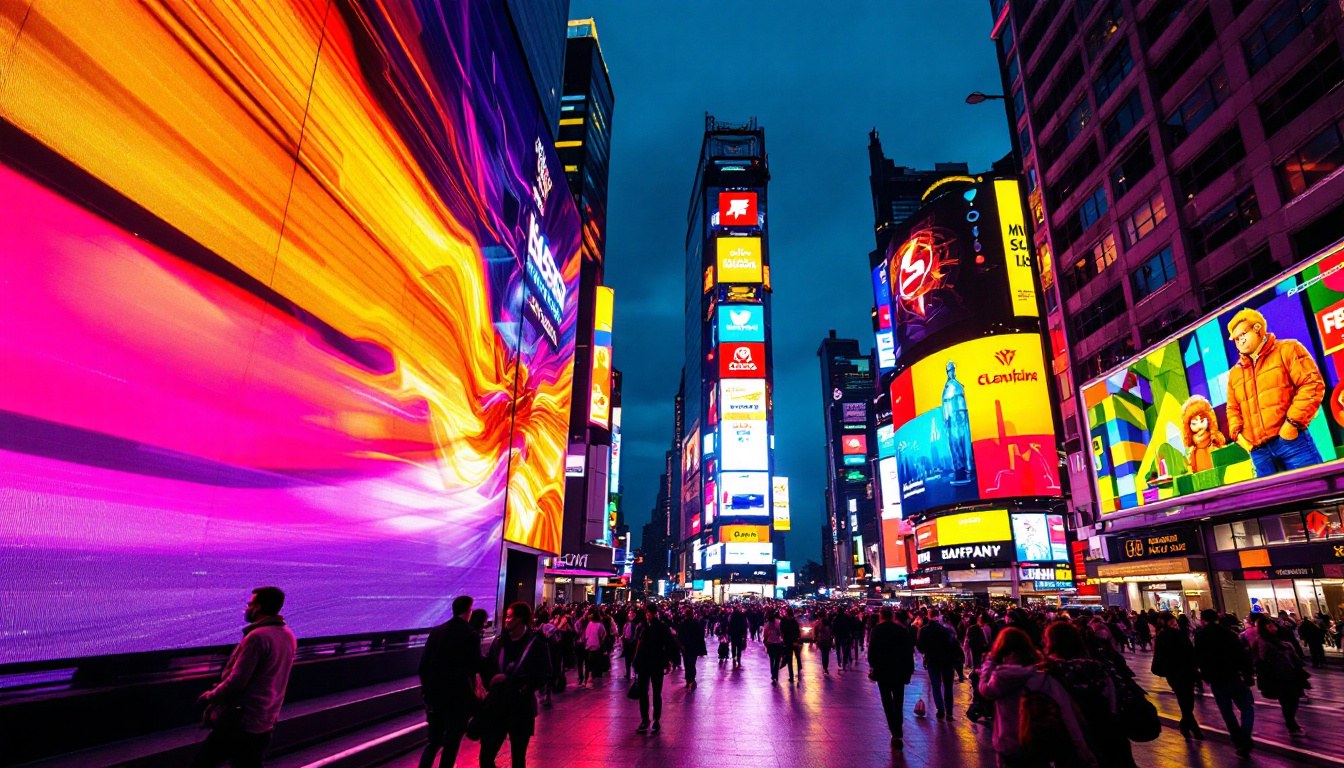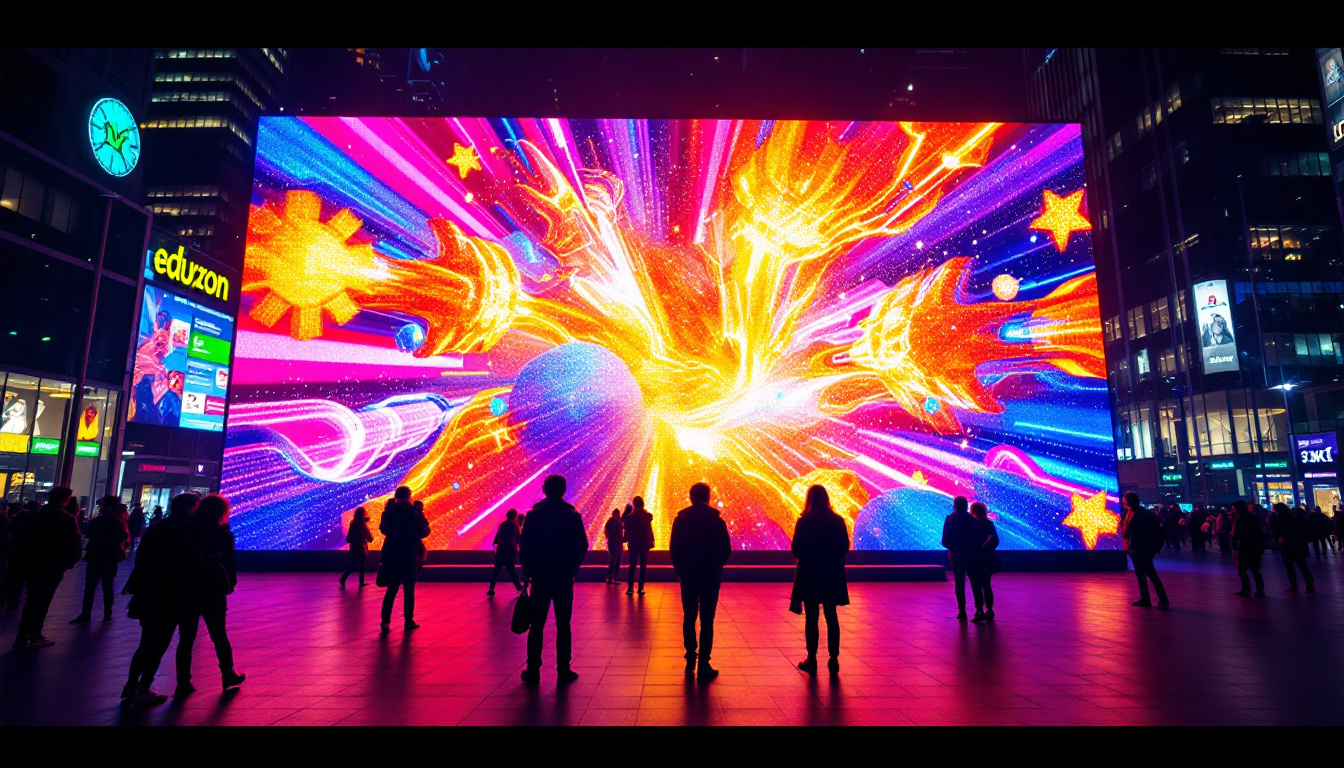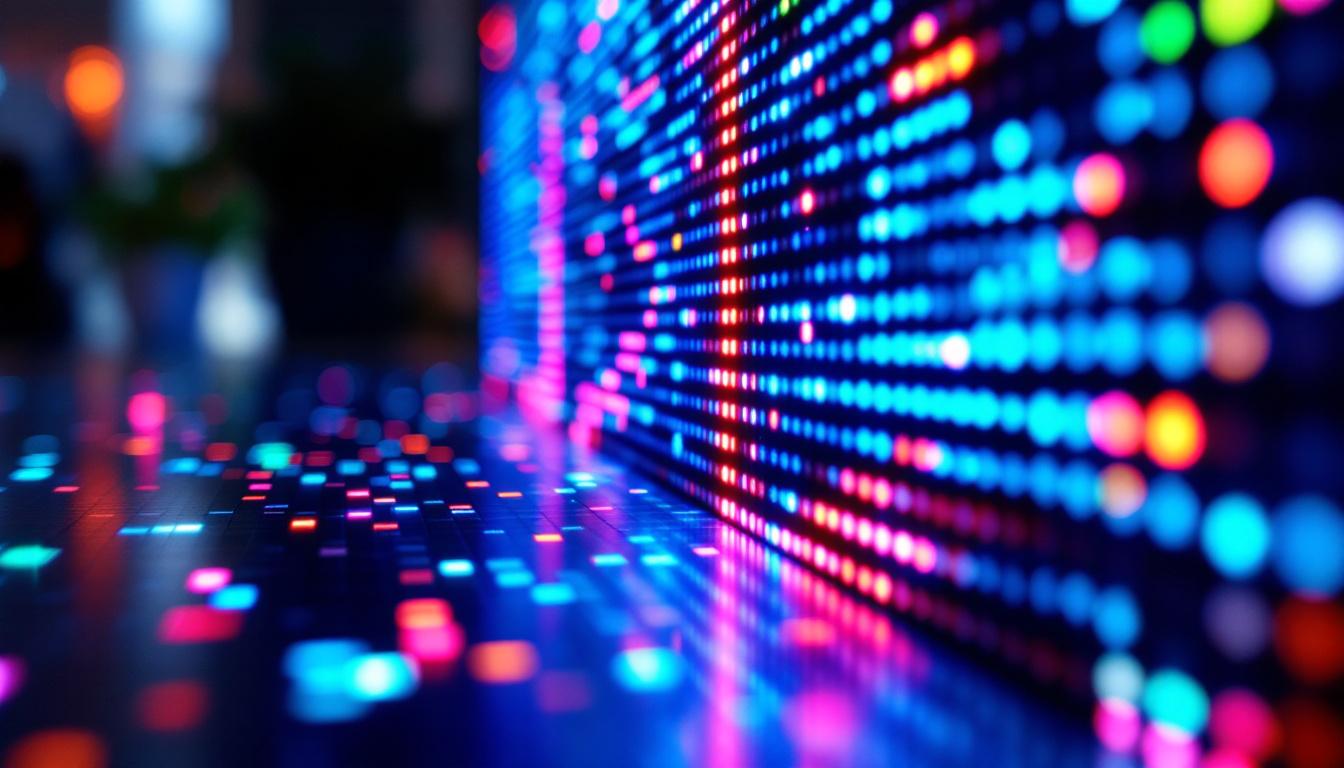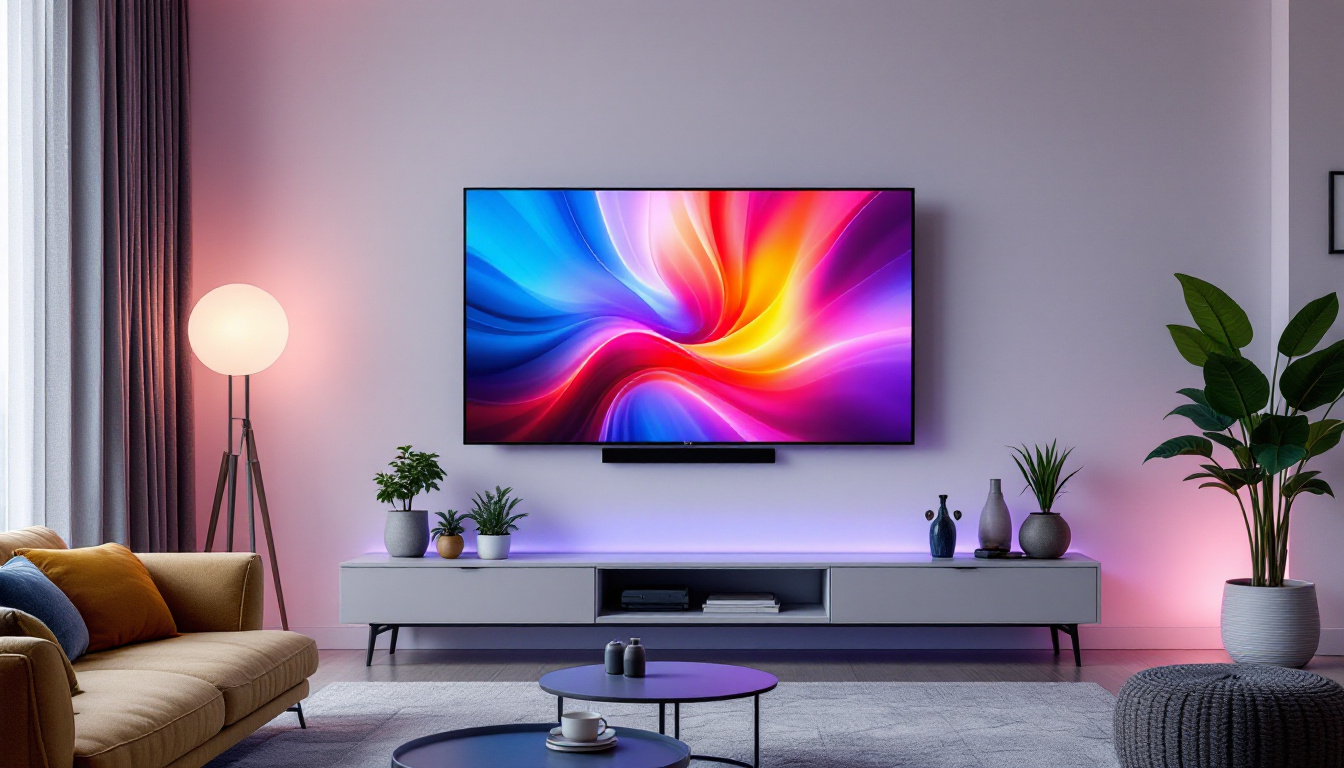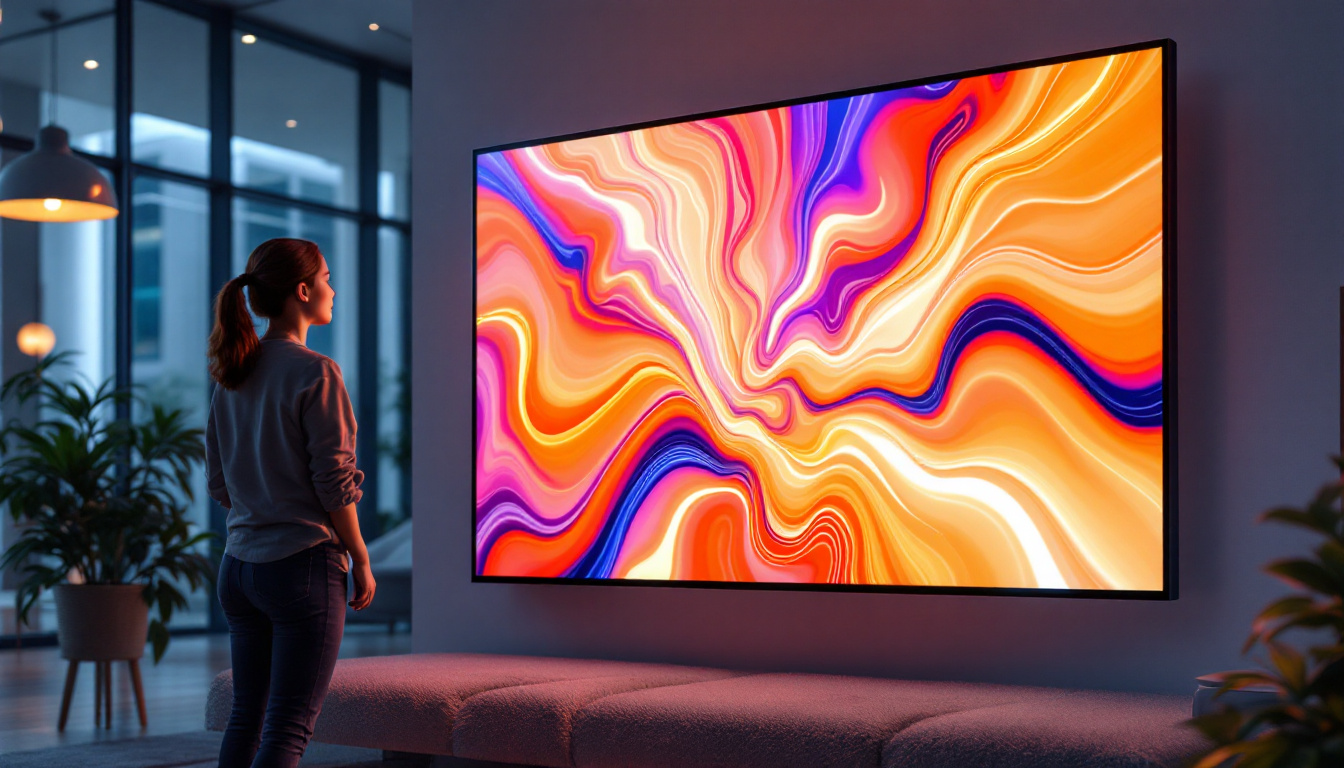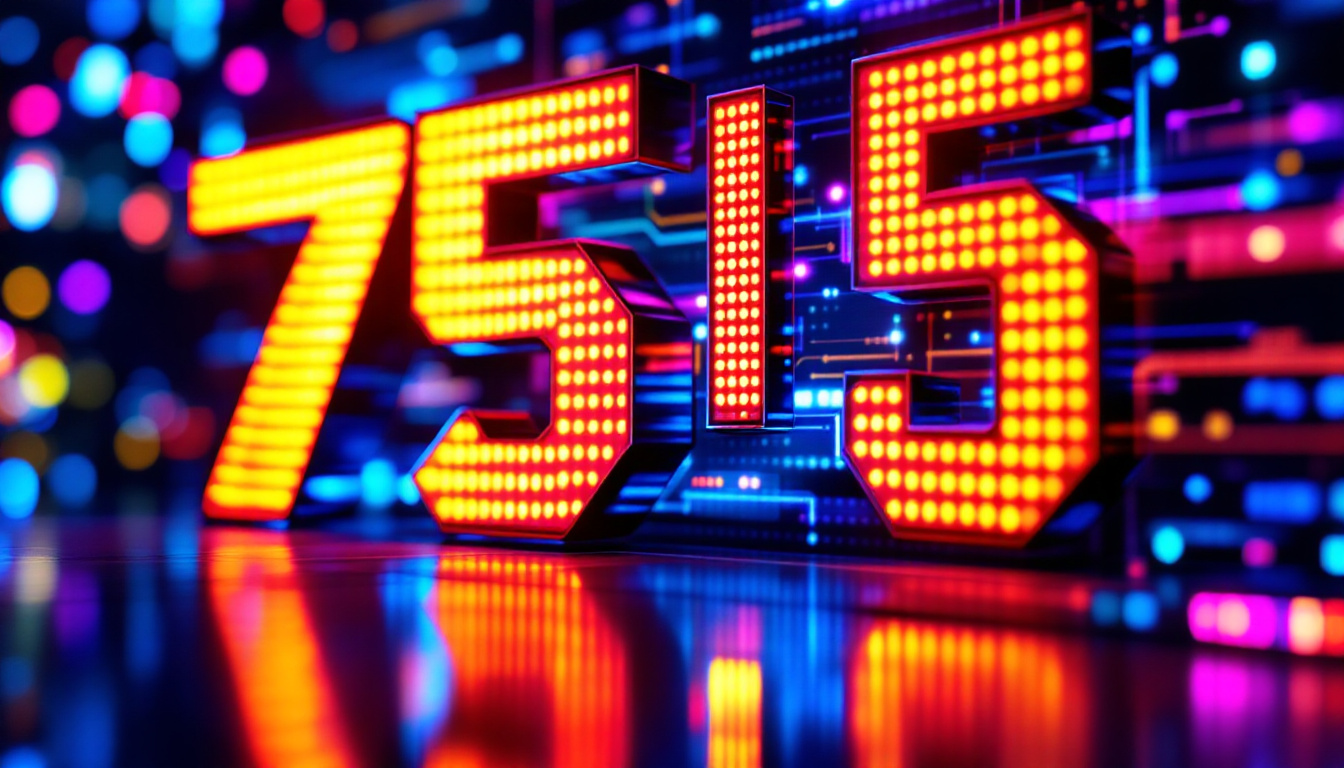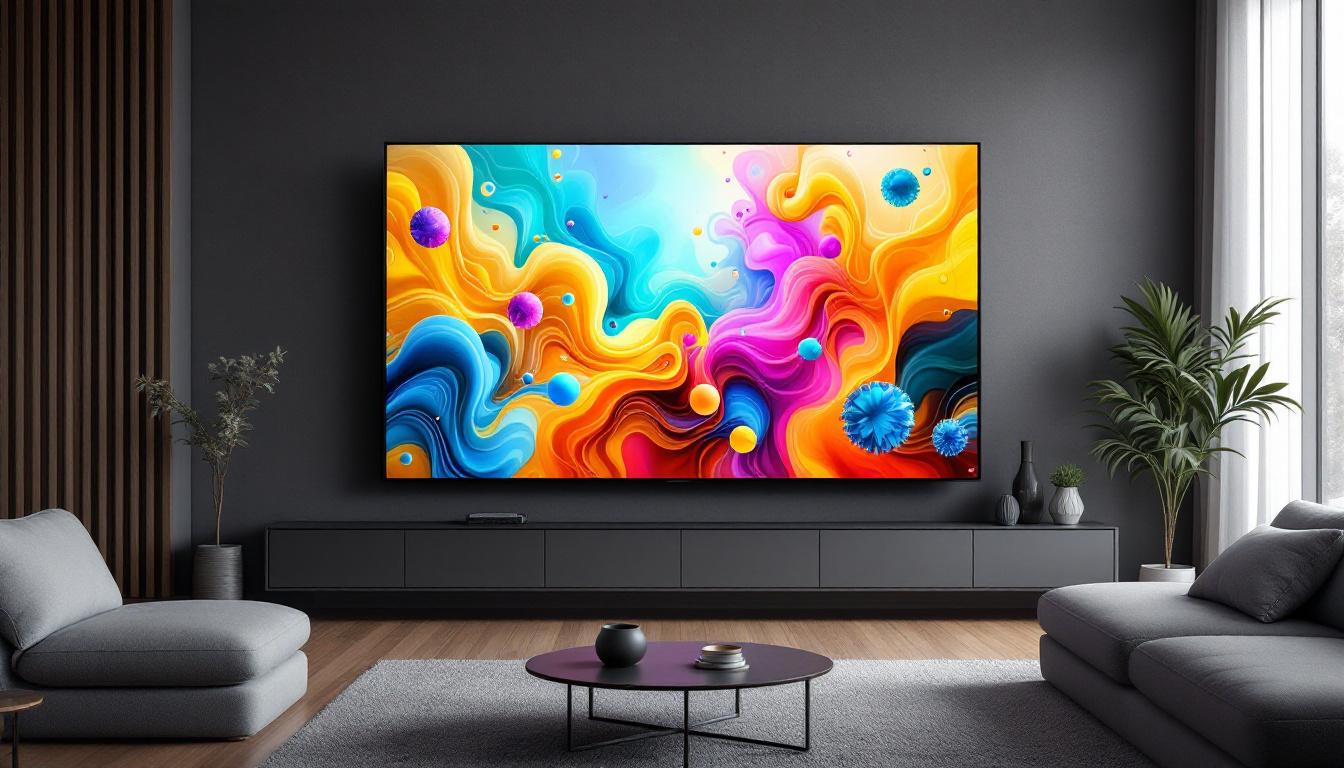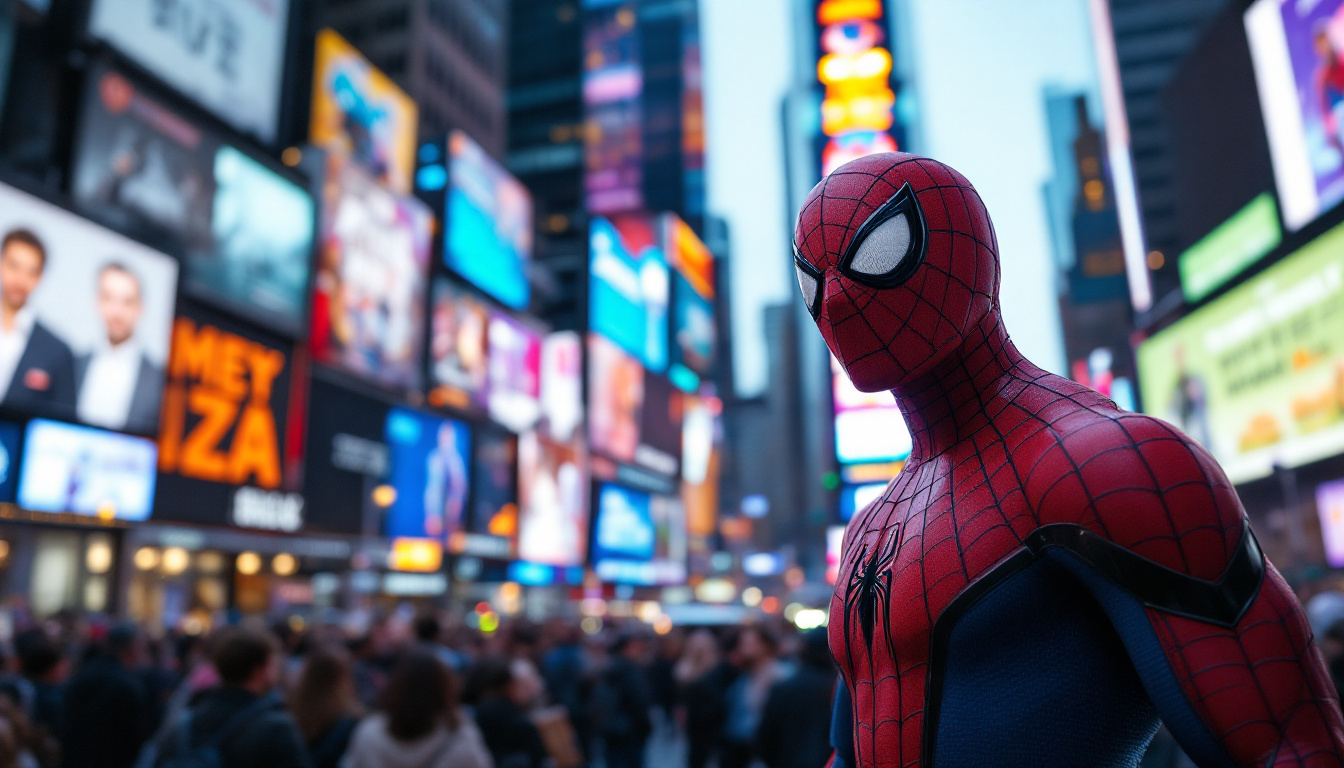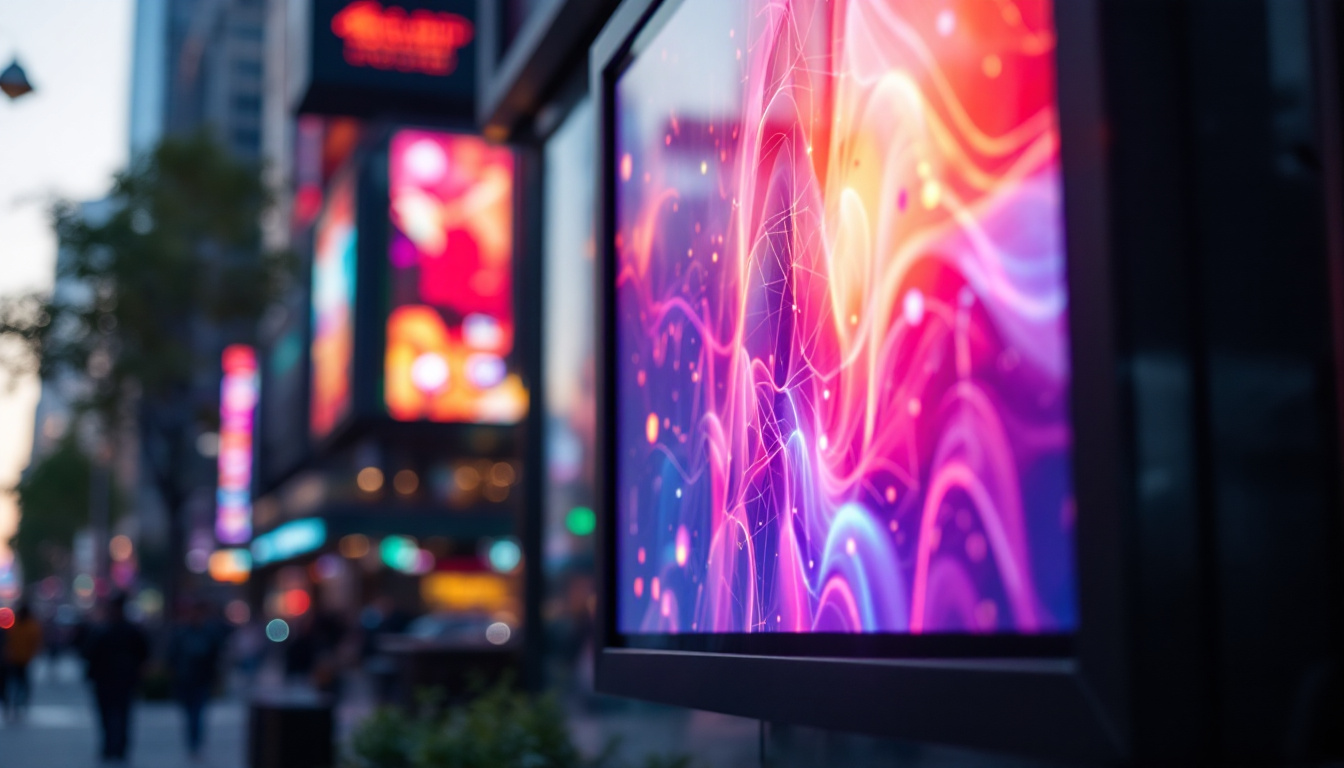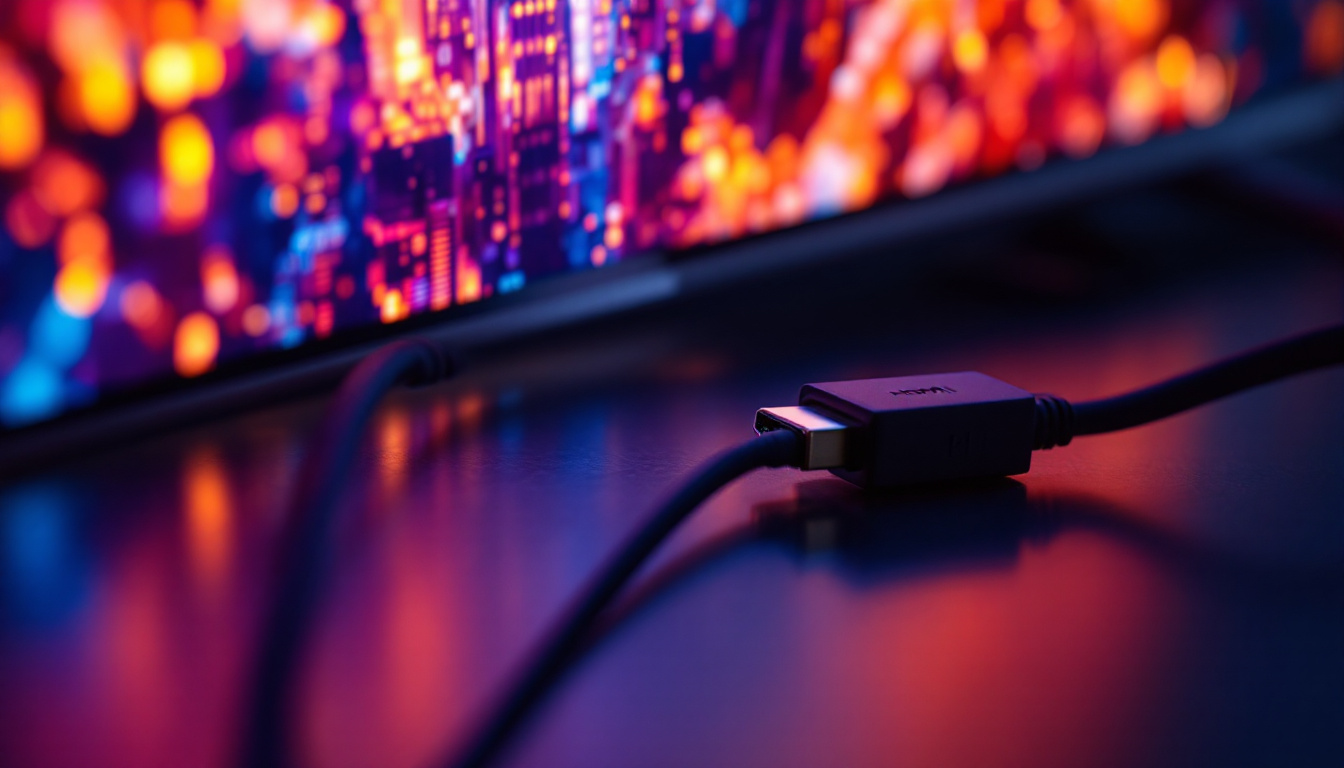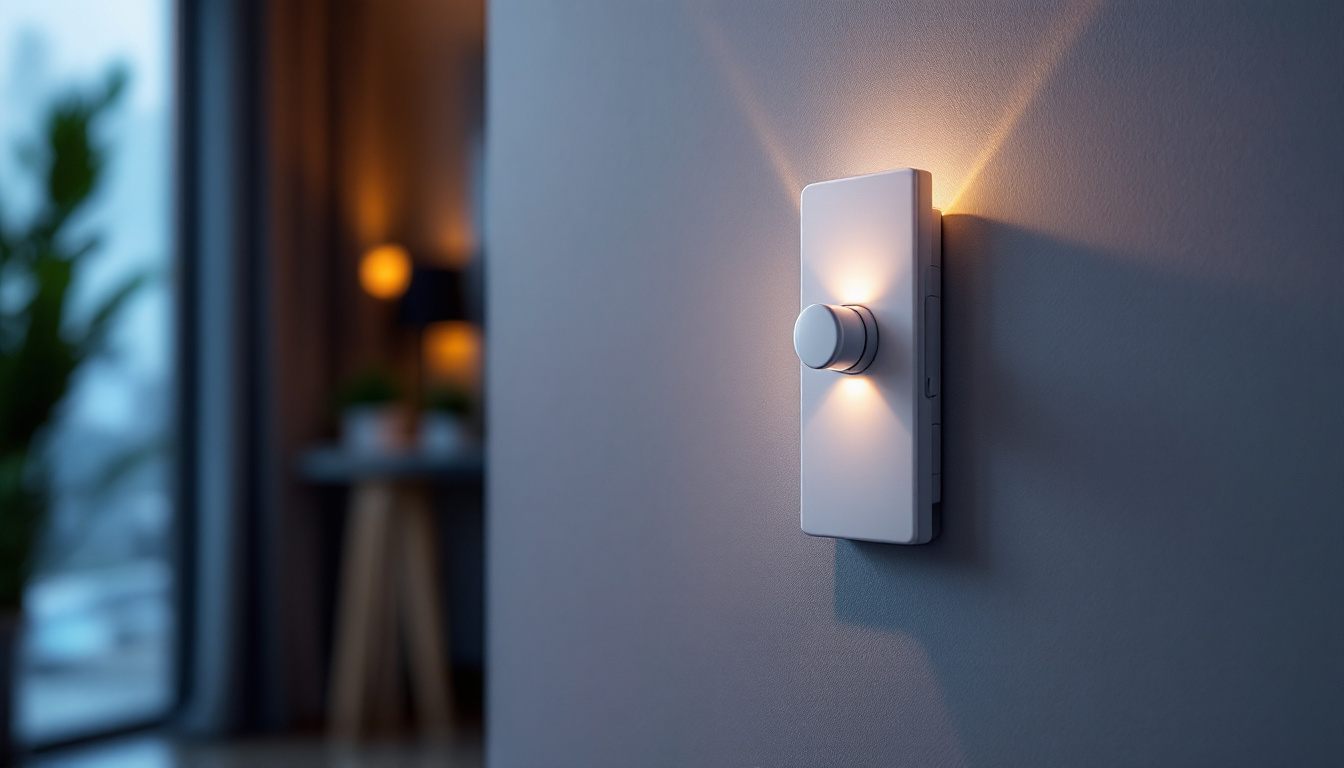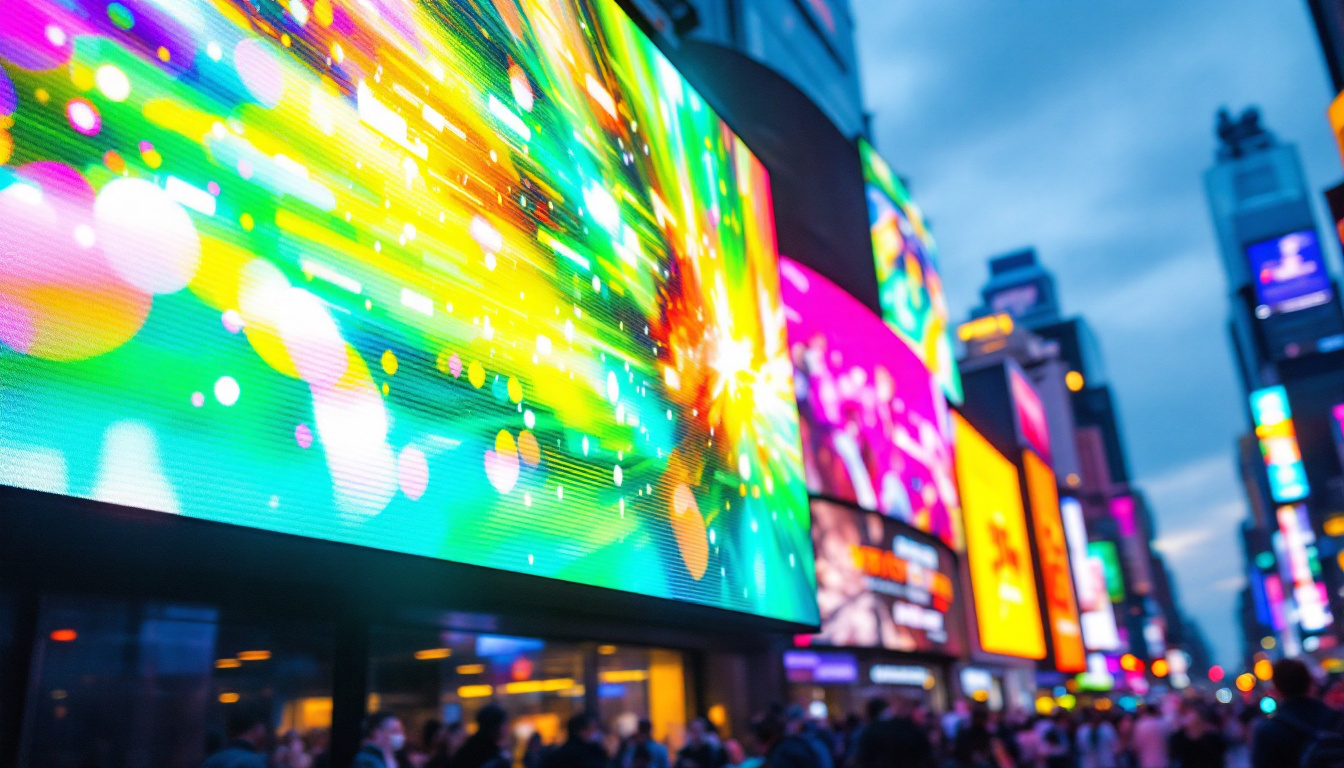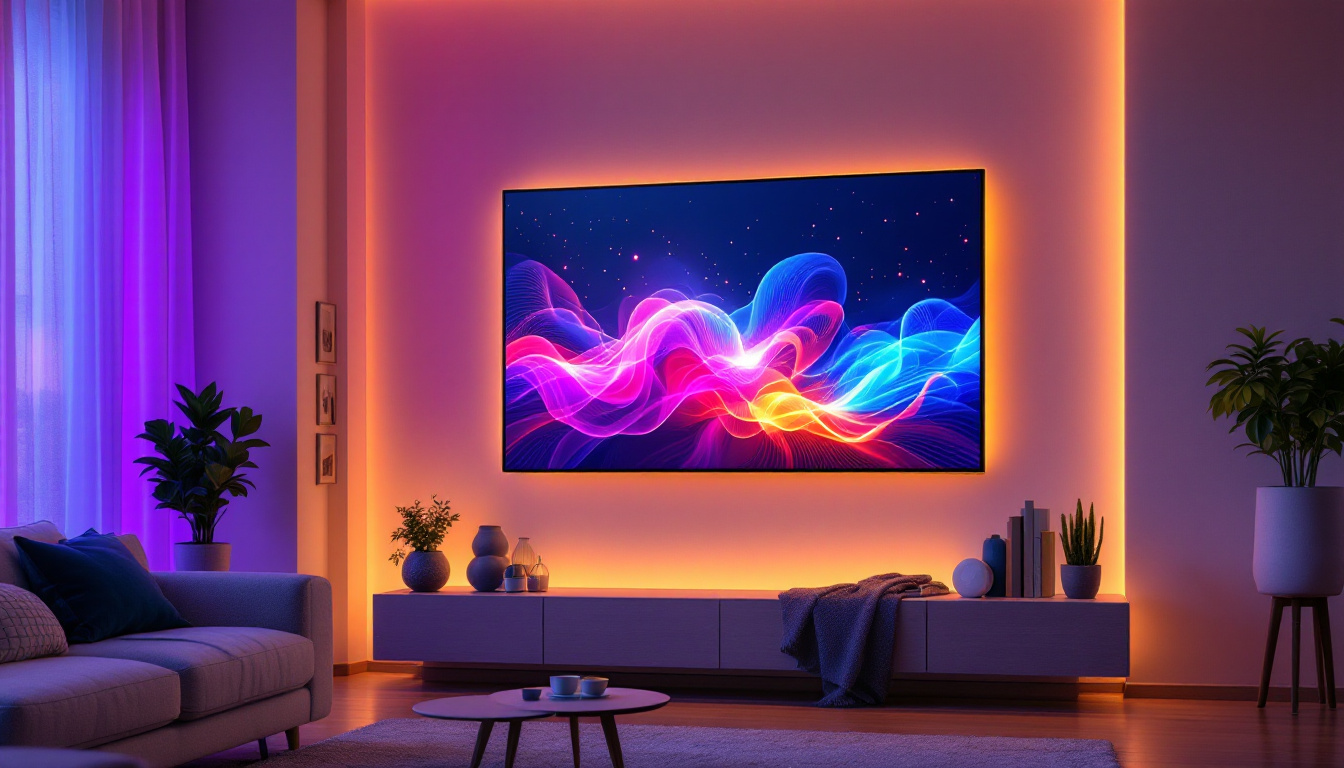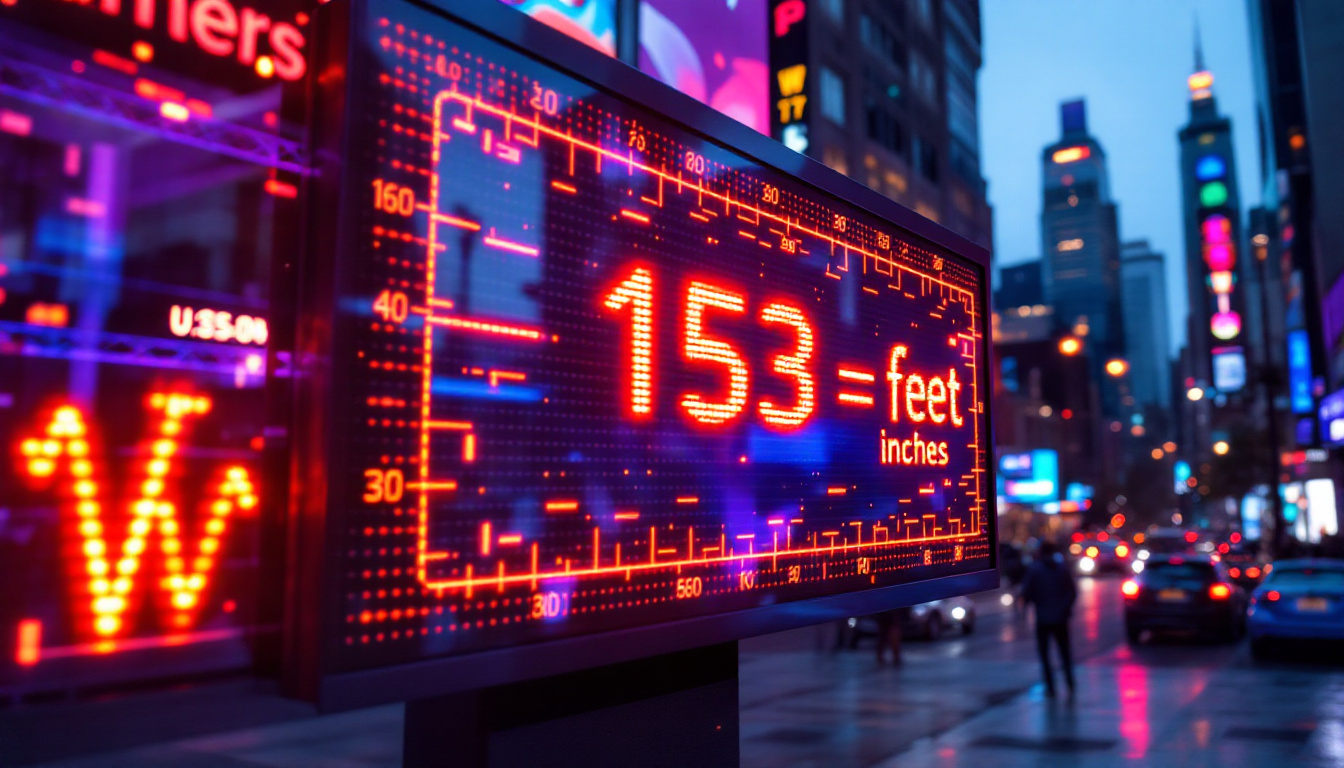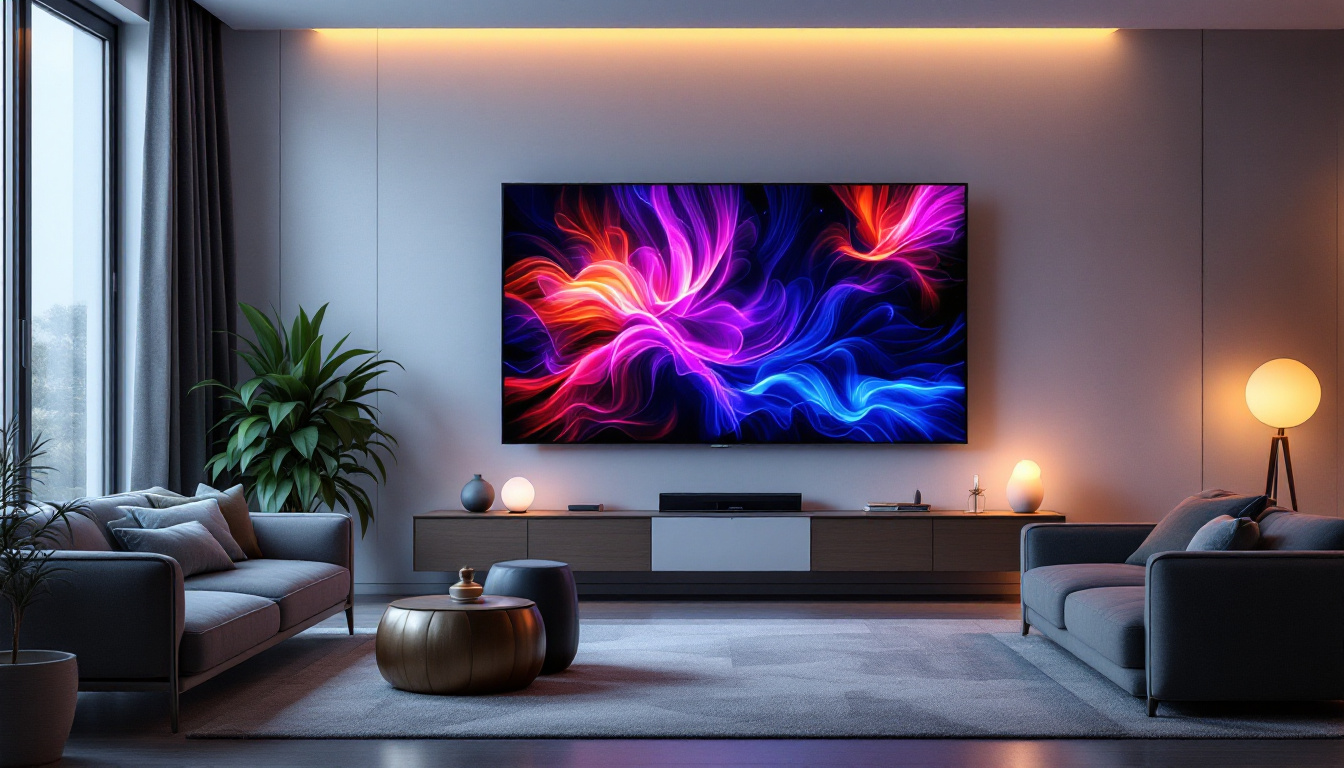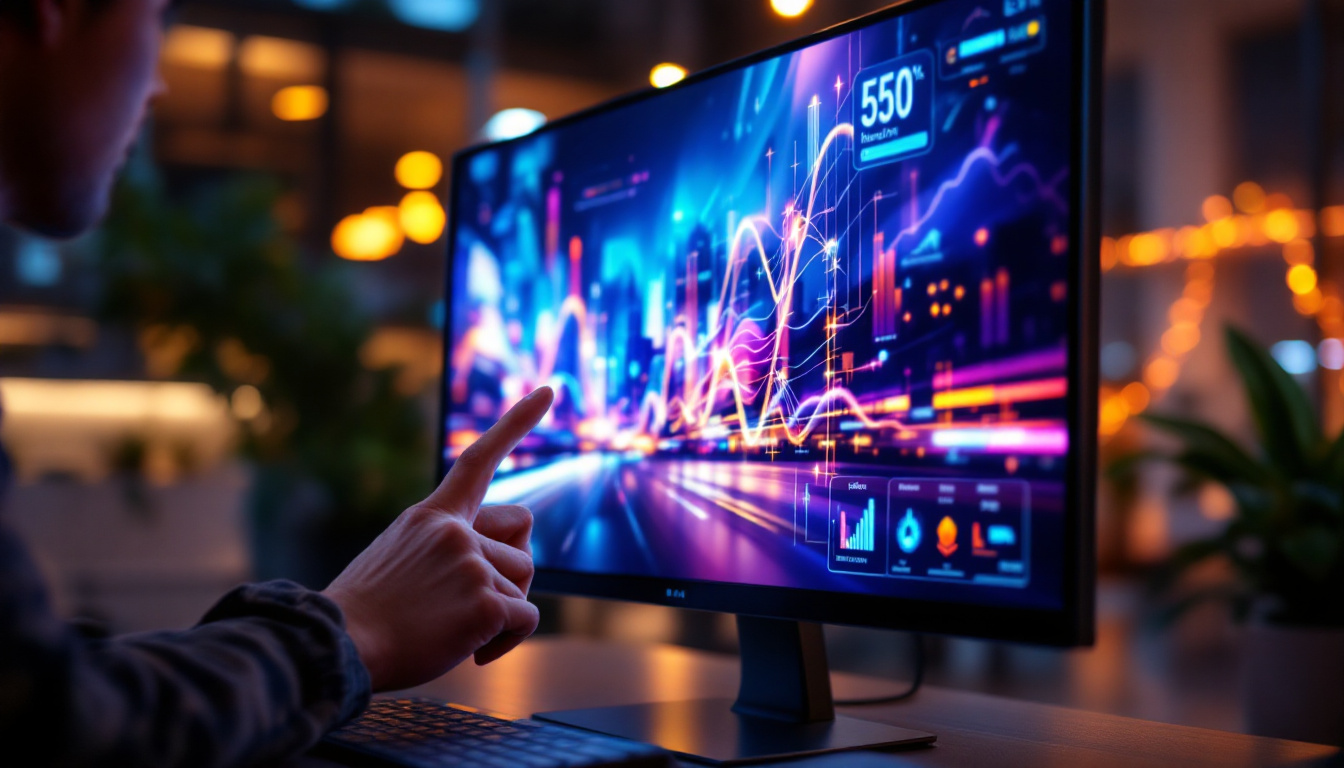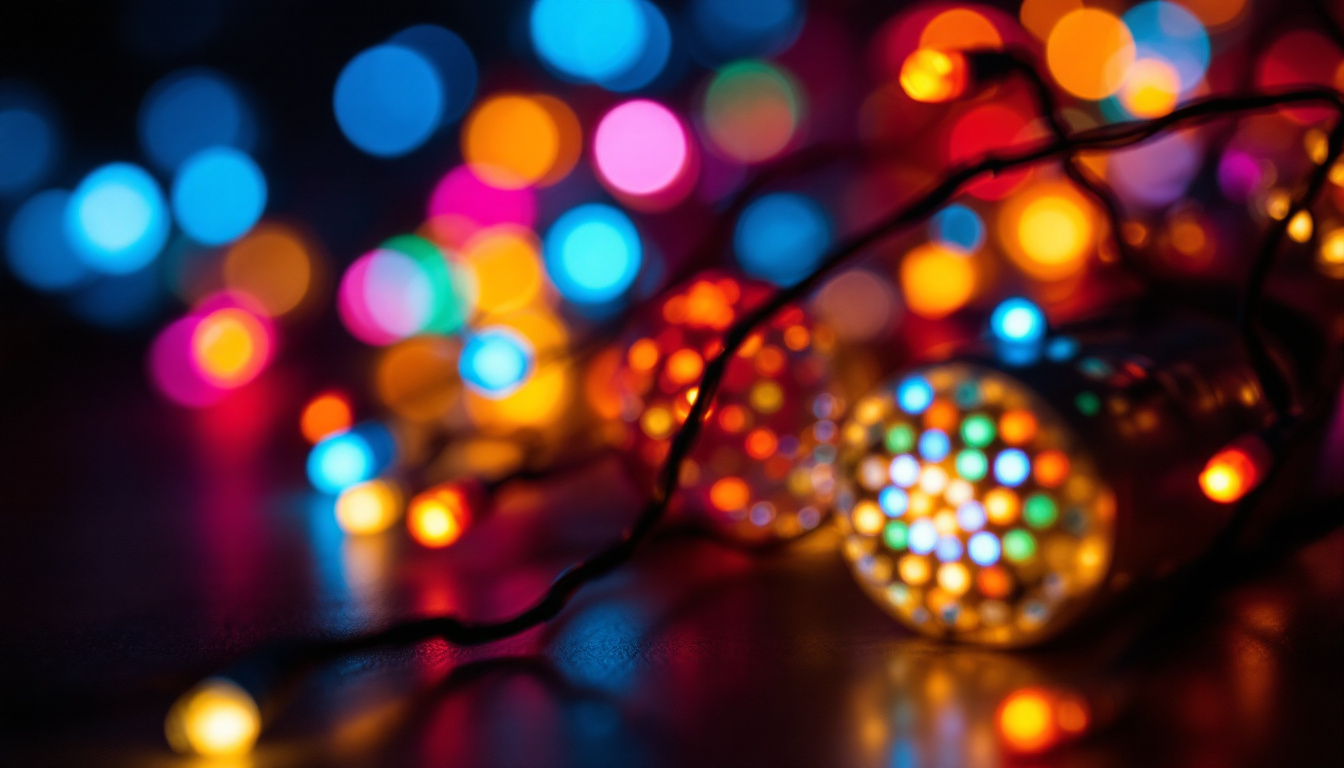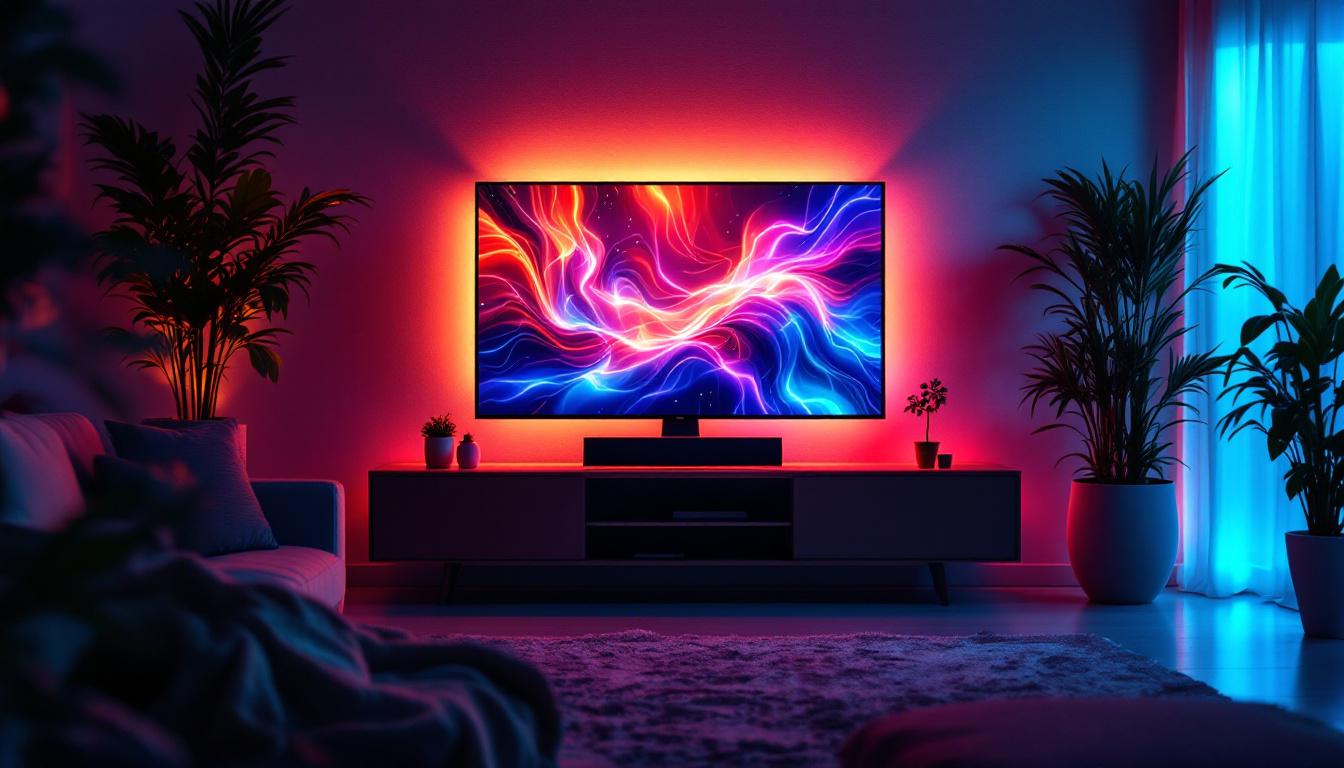Flat TV Screen PNG: LED Display Explained
The evolution of television technology has transformed the way viewers experience visual content. Among the most significant advancements is the introduction of LED displays, which have become the standard for flat-screen televisions. This article delves into the intricacies of LED technology, its advantages, and how it compares to other display types, all while providing a comprehensive understanding of flat TV screens.
Understanding LED Technology
Light Emitting Diode (LED) technology has revolutionized the display industry by offering brighter images, better color accuracy, and improved energy efficiency. Unlike traditional cathode ray tube (CRT) televisions, LED screens utilize tiny semiconductor diodes that emit light when an electric current passes through them. This section will explore the fundamentals of LED technology, including its components and functionality.
Components of LED Displays
At the core of LED technology are the diodes themselves, which are responsible for producing light. These diodes can be arranged in various configurations, leading to different types of LED displays. The most common types include:
- Edge-lit LED: In this configuration, LEDs are placed along the edges of the screen, allowing light to spread across the display. This design is often thinner and more lightweight.
- Full-array LED: This setup features a grid of LEDs behind the screen, providing more uniform brightness and contrast. Full-array displays often include local dimming capabilities, enhancing picture quality.
- OLED: While technically different from traditional LED, OLED (Organic Light Emitting Diode) technology uses organic compounds to produce light. Each pixel emits its own light, resulting in deep blacks and vibrant colors.
How LED Displays Work
LED displays work by illuminating pixels on the screen, which are composed of red, green, and blue subpixels. By adjusting the intensity of these colors, a wide spectrum of hues can be achieved. The process begins with a video signal that is processed by the television’s internal circuitry, which then controls the brightness of each pixel accordingly.
The advantage of LED technology lies in its ability to produce high brightness levels while maintaining energy efficiency. This is particularly beneficial in brightly lit environments, where traditional displays may struggle to deliver clear images.
Advantages of LED Displays
LED displays offer numerous advantages over older technologies, making them a popular choice for consumers and businesses alike. The following sections will highlight some of the key benefits of LED technology.
Enhanced Picture Quality
One of the most significant advantages of LED displays is their ability to produce stunning picture quality. The brightness and contrast levels of LED screens surpass those of traditional LCD and CRT displays. This results in sharper images, deeper blacks, and more vibrant colors, enhancing the overall viewing experience.
Moreover, many LED displays come equipped with advanced technologies such as HDR (High Dynamic Range), which expands the range of colors and contrast ratios. This feature allows viewers to enjoy a more lifelike representation of images, making films and shows more immersive.
Energy Efficiency
LED technology is known for its energy efficiency. Compared to older display technologies, LED screens consume significantly less power, which translates to lower electricity bills. This is particularly important for large installations, such as in commercial settings or public displays, where energy costs can accumulate over time.
Additionally, the reduced energy consumption contributes to a smaller carbon footprint, making LED displays a more environmentally friendly option. As sustainability becomes a growing concern, many consumers are opting for energy-efficient technologies in their homes and businesses.
Longevity and Durability
LED displays are designed to last longer than their predecessors. With a lifespan of up to 100,000 hours, LED screens can provide years of reliable service without significant degradation in quality. This durability is particularly advantageous for commercial applications, where displays are often used for extended periods.
Furthermore, LED technology is less susceptible to screen burn-in, a common issue with older display types. This resilience makes LED displays a more reliable choice for dynamic content, such as video games or rotating advertisements.
Comparing LED with Other Display Technologies
While LED displays have become the dominant technology in the television market, it is essential to understand how they compare to other types of displays. This section will explore the differences between LED, OLED, and traditional LCD displays.
LED vs. OLED
OLED displays have gained popularity due to their ability to produce true blacks and vibrant colors. Unlike LED displays, which use a backlight, OLED screens illuminate each pixel individually. This allows for greater contrast and color accuracy, particularly in dark scenes.
However, OLED technology can be more expensive to produce, leading to higher retail prices. Additionally, while OLED displays offer superior picture quality, they may be more susceptible to burn-in, where static images can leave a permanent mark on the screen over time.
LED vs. Traditional LCD
Traditional LCD displays utilize fluorescent backlighting, which can lead to uneven brightness and less vibrant colors compared to LED displays. While LCD technology has improved over the years, LED screens typically offer better performance in terms of brightness, contrast, and energy efficiency.
Moreover, LED technology can be integrated into LCD displays, resulting in what is known as LED-backlit LCDs. This hybrid approach combines the benefits of both technologies, providing enhanced picture quality while retaining the affordability of traditional LCD screens.
Choosing the Right LED Display
When selecting an LED display, several factors should be considered to ensure the best choice for individual needs. This section outlines key aspects to keep in mind when shopping for an LED television.
Screen Size
The size of the screen is a crucial consideration, as it can significantly impact the viewing experience. Larger screens are ideal for spacious rooms, while smaller screens may be more suitable for compact spaces. It is essential to measure the available area and consider the distance from which viewers will be watching.
Additionally, the resolution of the display should be taken into account. Higher resolutions, such as 4K and 8K, provide more detail and clarity, particularly on larger screens. Choosing the right resolution can enhance the overall visual experience, especially for high-definition content.
Smart Features
Many modern LED displays come equipped with smart features, allowing users to access streaming services, browse the internet, and connect with other devices. When selecting a television, consider whether these features are essential for your viewing habits.
Smart TVs often include built-in apps for popular streaming platforms, voice control capabilities, and compatibility with smart home devices. These features can enhance convenience and provide a more integrated entertainment experience.
Budget Considerations
Budget is a significant factor when purchasing an LED display. Prices can vary widely based on size, resolution, and additional features. It is essential to establish a budget and compare options within that range to find the best value.
While it may be tempting to opt for the cheapest option, investing in a higher-quality display can lead to a better viewing experience and longer lifespan. Researching different brands and models can help identify the best choices within a given budget.
Maintenance and Care for LED Displays
To ensure the longevity and optimal performance of an LED display, proper maintenance and care are essential. This section provides tips on how to keep your television in excellent condition.
Cleaning the Screen
Regular cleaning is vital to maintain the clarity and brightness of the display. Use a microfiber cloth to gently wipe the screen, avoiding harsh chemicals that could damage the surface. It is advisable to turn off the television before cleaning to prevent any potential damage from static electricity.
For stubborn smudges or fingerprints, a mixture of distilled water and white vinegar can be used. Apply the solution to the cloth, not directly on the screen, and gently wipe the surface.
Optimal Viewing Conditions
Creating an optimal viewing environment can enhance the performance of an LED display. Avoid placing the television in direct sunlight, as this can lead to glare and reduced picture quality. Instead, consider using curtains or blinds to control the lighting in the room.
Additionally, maintaining a comfortable temperature and humidity level can help prevent overheating and prolong the lifespan of the television. Ensuring proper ventilation around the display is also crucial for optimal performance.
The Future of LED Display Technology
The future of LED display technology looks promising, with ongoing advancements aimed at improving picture quality, energy efficiency, and user experience. This section will explore some of the emerging trends and innovations in the field.
MicroLED Technology
MicroLED is a cutting-edge technology that utilizes microscopic LEDs to create individual pixels. This approach offers many advantages, including improved brightness, color accuracy, and energy efficiency. MicroLED displays can deliver stunning visuals while eliminating issues such as burn-in and limited viewing angles.
As manufacturers continue to develop MicroLED technology, it holds the potential to revolutionize the display industry, offering a new standard for visual quality in televisions and other devices.
Flexible and Transparent Displays
Another exciting trend in LED technology is the development of flexible and transparent displays. These innovations allow for new applications, such as curved screens and displays integrated into windows or other surfaces.
Flexible displays can adapt to various shapes and sizes, opening up possibilities for unique design elements in consumer electronics. Transparent displays, on the other hand, can create immersive experiences in retail and advertising, allowing content to be viewed while still seeing through the screen.
Conclusion
LED display technology has transformed the way people experience visual content, offering enhanced picture quality, energy efficiency, and longevity. As consumers continue to seek out the best viewing experiences, understanding the intricacies of LED technology becomes increasingly important.
By considering factors such as screen size, smart features, and budget, individuals can make informed decisions when selecting an LED display. Furthermore, proper maintenance and care can ensure that these displays continue to perform at their best for years to come.
As technology continues to evolve, the future of LED displays promises even more exciting innovations, paving the way for a new era of visual entertainment. Whether for home use or commercial applications, LED displays are set to remain at the forefront of display technology for years to come.
Discover the Future of Visual Experience with LumenMatrix
Ready to elevate your visual content to new heights? LumenMatrix is at the forefront of LED display innovation, offering a wide array of solutions tailored to meet your needs. From Indoor and Outdoor LED Wall Displays to specialized options like Vehicle LED Displays and LED Sports Displays, our products are designed to create immersive and engaging experiences. Embrace the future of visual communication with our LED Transparent Displays and Custom LED solutions that promise to captivate your audience. Don’t just take our word for it; check out LumenMatrix LED Display Solutions and see the difference for yourself.

